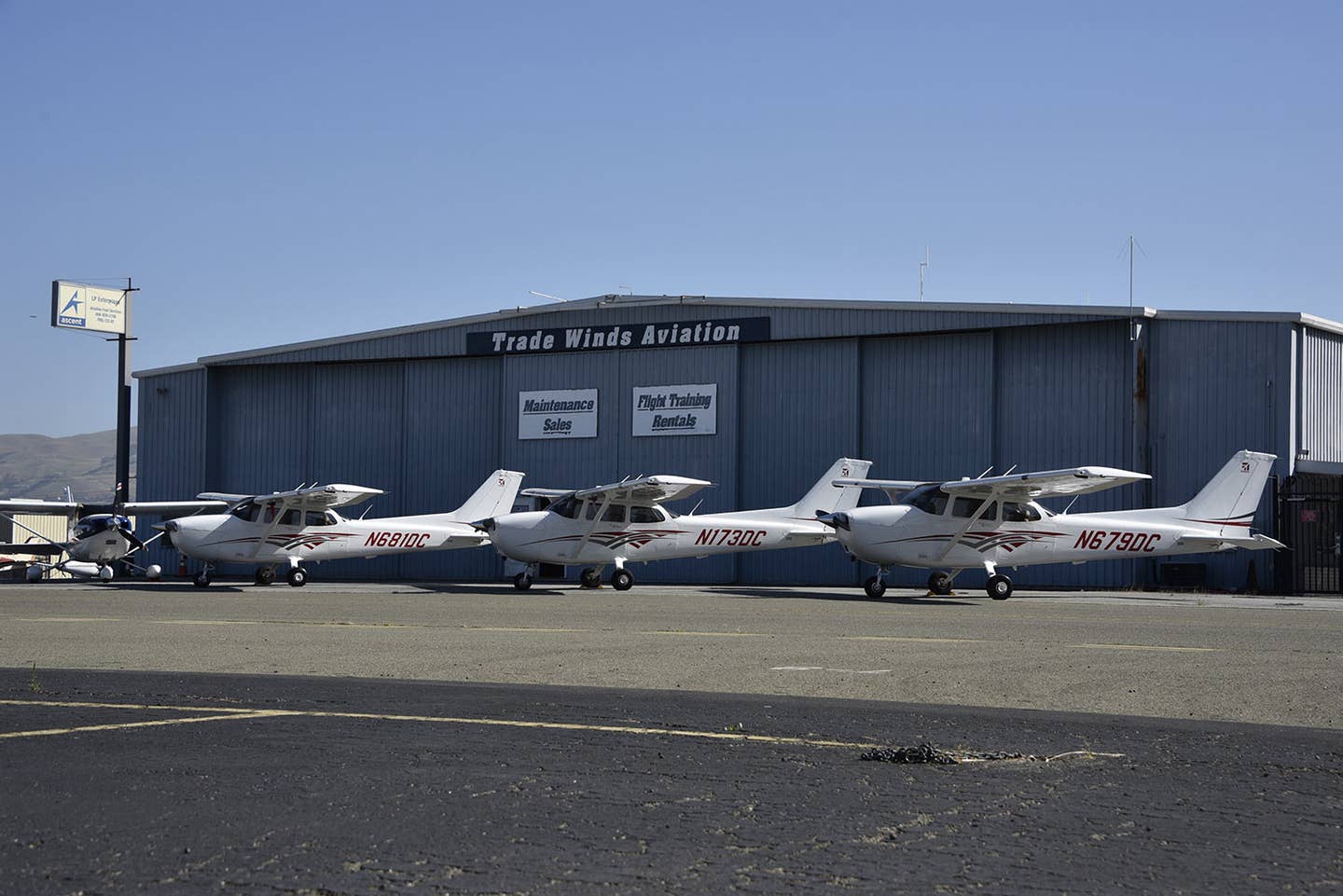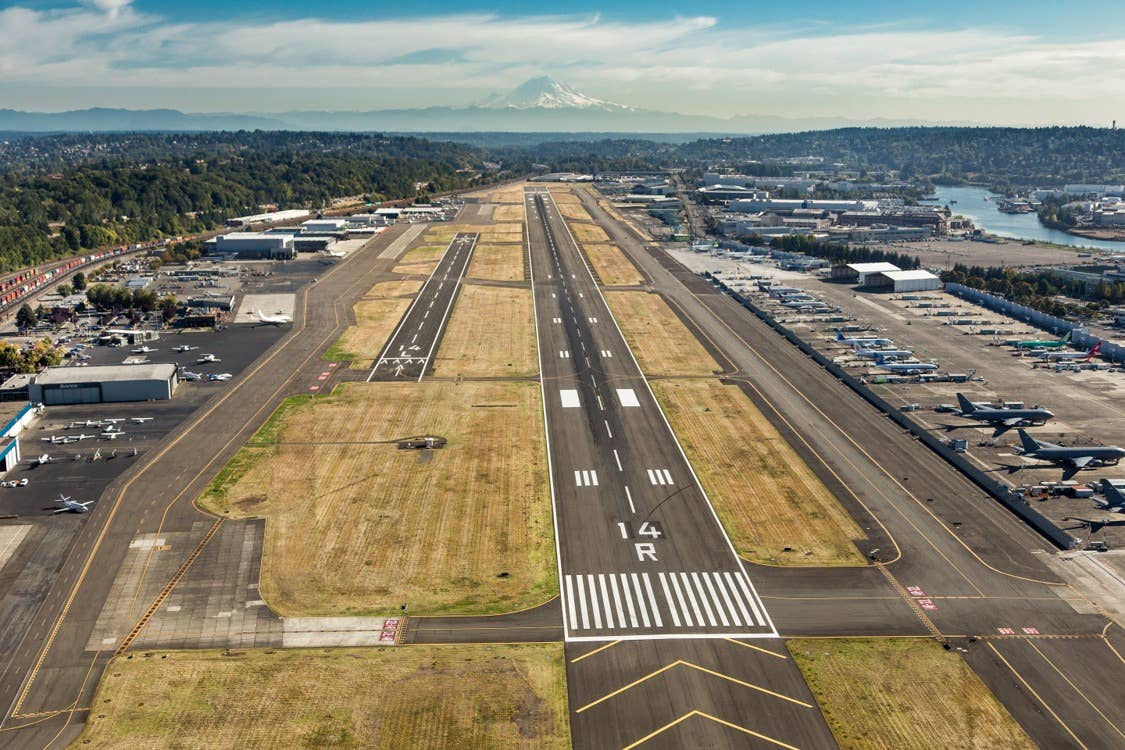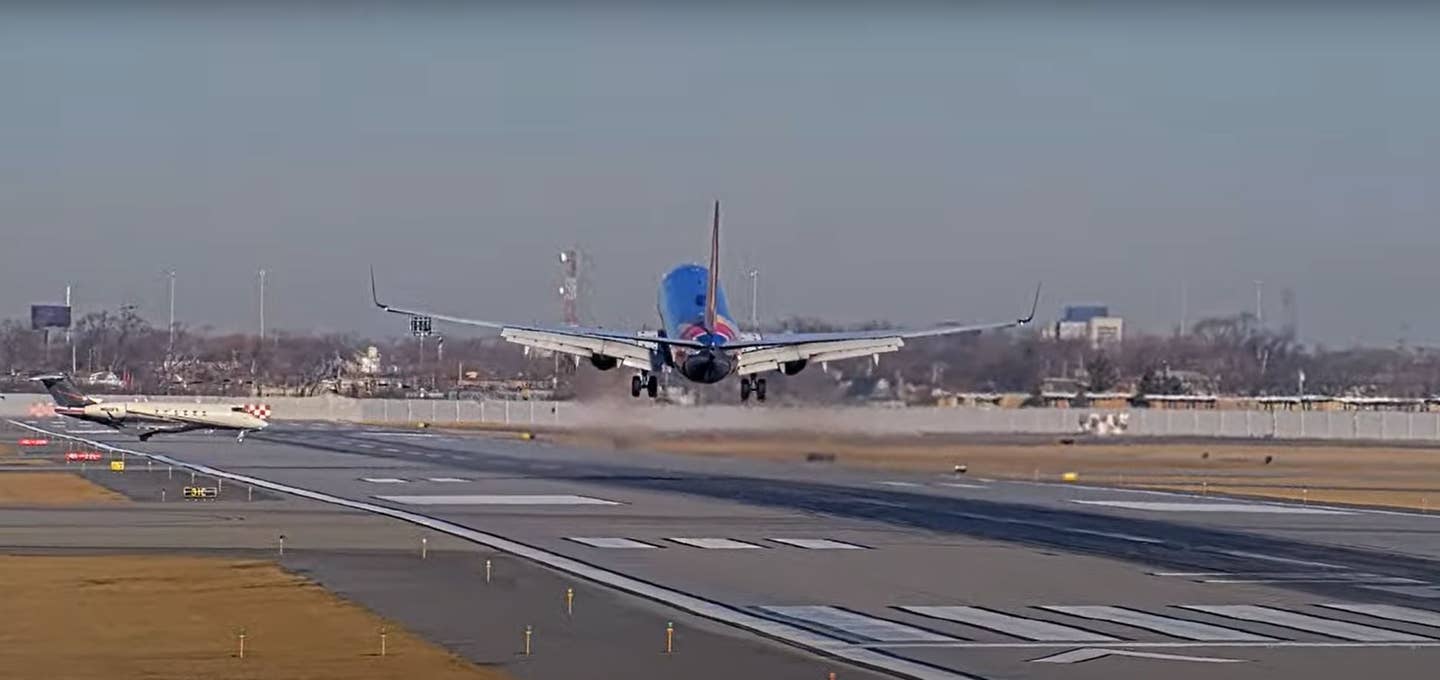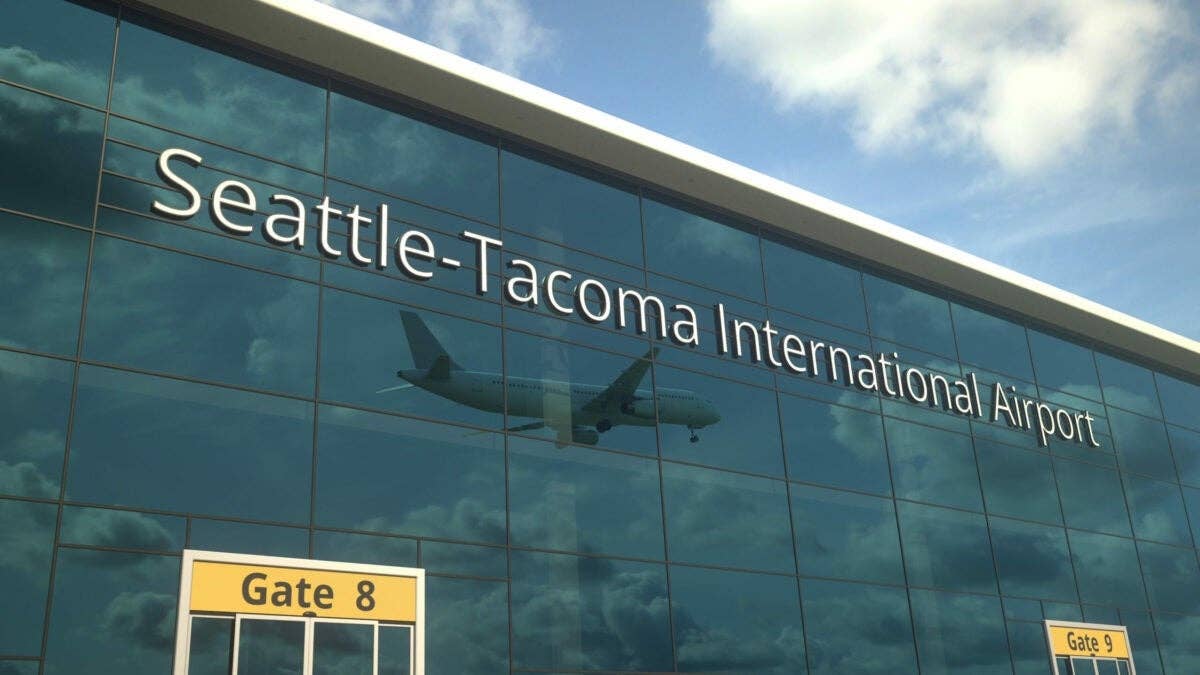Homeless Camp Threatens FAA Airport Grants at KSJC
For one California airport, it takes a village to move a village.
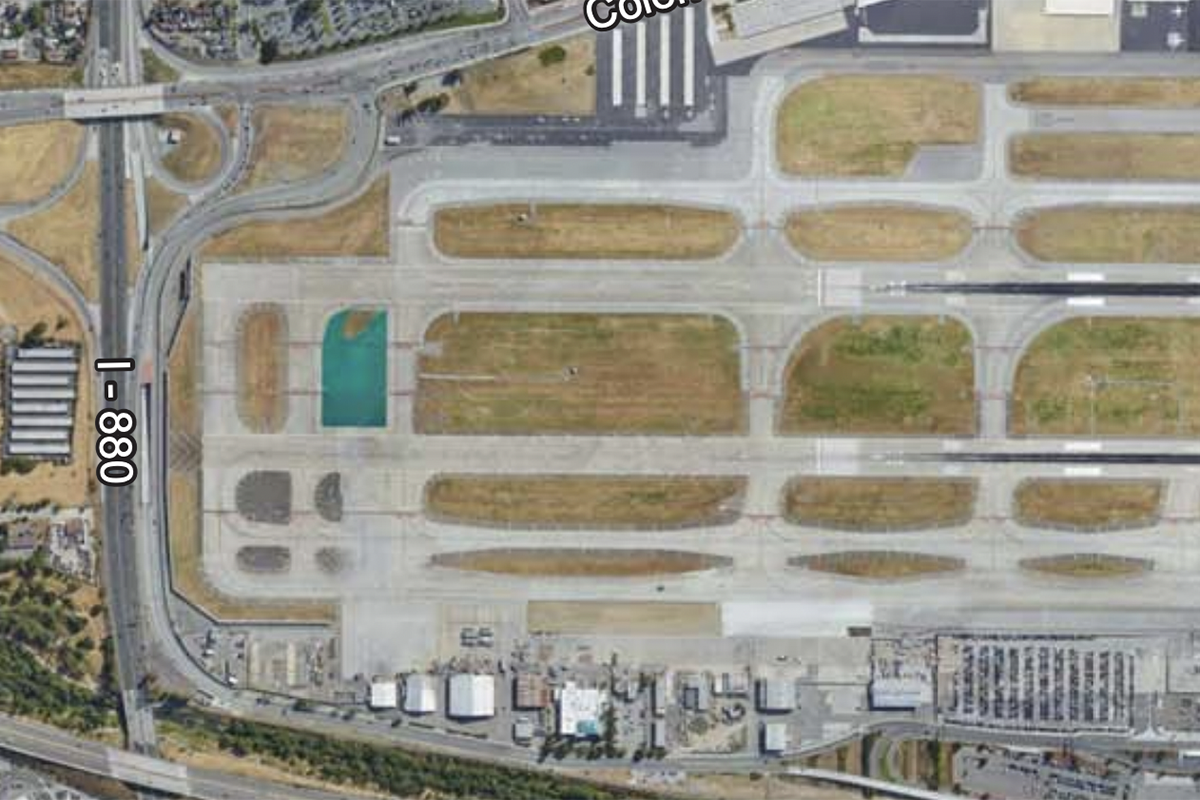
The encampment is located near Interstate 880, off the approach end of Norman Y. Mineta San Jose International Airport (KSJC) Runways 30L and 30R. [Courtesy: City of San Jose]
Time is running out for city officials in San Jose, California, who need to clear one of the largest and most established homeless encampments in the area or face losing millions of dollars from the FAA. The encampment is located on undeveloped land south of Norman Y. Mineta San Jose International Airport (KSJC).
The parcel is located south of Interstate 880 and off the approach end of Runways 30L and 30R. Aircraft overfly the property during takeoffs and landings at an altitude of a few hundred feet. The property was purchased with FAA grant money for the purpose of being a buffer zone. As such, it is required to be undeveloped and free of human habitation to meet the FAA's criteria for a buffer area. The buffer is designed to prevent loss of life in the event of an aircraft overrun or undershoot.
No one is sure when the open space became a campground for the homeless. According to the city, the homeless site encompasses 40 acres in locations around the airport.
Scott Wintner, public information officer at KSJC, stresses there has never been a breach of airport security from the encampment, but it is very noticeable because of its size, the amount of shelters, tents, and belongings strewn about, along with motor vehicles. "There are over 100 vehicles parked there and a lot of them aren't functional," he says. "At one point, there were as many as 250 people living there."
Wintner notes the city declined to place a fence around the property for various reasons.
‘Significant Safety Risks’
According to the city's website, the encampment presents "significant safety risks for people and incoming fights. The land is supposed to act as a buffer zone to protect people on the ground from noise caused by incoming flights. In addition, discarded food and waste around the encampments has drawn flocks of birds. This increases the possibility of bird strikes for incoming aircraft, which can have dire consequences."
According to San Jose deputy manager Omar Passons, the encampment at the FAA buffer site grew during the pandemic, so much so that city and county agencies arranged for the placement of portable toilets, and handwashing stations to promote better hygiene for the residents.
The FAA wanted the space cleared by summer of 2021, but the combination of so many people, the lack of available housing, and the pandemic made that impossible, so the city asked for an extension.
San Jose began its removal of the encampment—referred to as “abatement” by city officials—in the fall of 2021. Residents were notified by written notices posted around the property in English, Spanish, and Vietnamese. The notices included a map of the area to be cleared, and offered information on resources to help people find stable housing.
The city has been clearing the area in phases—this has been complicated by the fact that people move into the area as others move out. San Jose has until the end of September to completely clear the area.
According to Passons, there are multiple city, county, and state agencies working on what he calls a "very complex issue."
The FAA is also involved.
"The FAA and city of San Jose have worked closely to address this societal issue while ensuring compatible land uses around the airport," says Eva Lee Ngai, office of communications for the FAA. "The city confirmed it is on schedule to remove the encampment by the September 30 deadline."
Meeting One on One
As this article was being published, approximately 90 people still lived at the encampment. The city has been trying to find them housing while simultaneously trying to improve their living conditions in the temporary location.
It has been a process, notes Passon, saying that every day there are team members on site to remove trash and debris from the area. The city also has outreach workers meeting one on one with the residents to help them find a place to live.
Among the options for residents are interim housing—sometimes called bridge housing or tiny homes. The residents can also take advantage of motel vouchers, shelters in Santa Clara County, the countywide Rapid Rehousing Program, and one-time financial assistance to help them move into housing they find on their own.
Passons is optimistic, saying he believes the city will have the space cleared by the end of September.
"We have provided housing for 143 people since September of last year," he said. "Most of what is on site right now are vehicles, and many of them inoperable, which adds to the complexity of trying to work with people in a trauma-responsive and thoughtful way. We will succeed in the FAA directive while trying to meet the basic call of our humanity."

Sign-up for newsletters & special offers!
Get the latest FLYING stories & special offers delivered directly to your inbox


